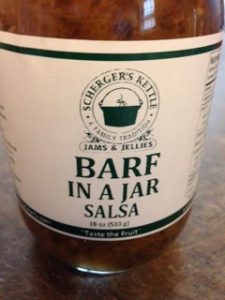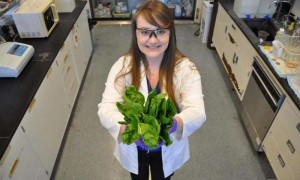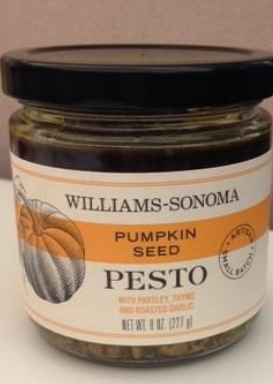Campylobacter persistence through poultry processing is an important food safety issue in many developed countries. This investigation aimed to determine the effectiveness of peracetic acid (PAA) in reducing Campylobacter during processing.
 Campylobacter jejuni was tested against PAA using laboratory-based food matrices under conditions that mimicked commercial poultry processing interventions, including scalding and chilling. The assessments utilised two Campylobacter poultry strains (2674 and 2704) with testing performed in three different food matrices (Buffered peptone water (BPW), chicken breast meat and meat-based broth) and under eight processing conditions. Campylobacter inactivation was measured across eight processing conditions which mimicked scalding (3.5 min, 54.5 °C and 57 °C) and chilling (30 min, 4 °C, with/without 80 ppm PAA), and combinations of scalding and chilling (with/without 80 ppm PAA).
Campylobacter jejuni was tested against PAA using laboratory-based food matrices under conditions that mimicked commercial poultry processing interventions, including scalding and chilling. The assessments utilised two Campylobacter poultry strains (2674 and 2704) with testing performed in three different food matrices (Buffered peptone water (BPW), chicken breast meat and meat-based broth) and under eight processing conditions. Campylobacter inactivation was measured across eight processing conditions which mimicked scalding (3.5 min, 54.5 °C and 57 °C) and chilling (30 min, 4 °C, with/without 80 ppm PAA), and combinations of scalding and chilling (with/without 80 ppm PAA).
The organic matter in the meat-based broth protected Campylobacter against PAA, resulting in less Campylobacter inactivation compared to BPW and meat matrices. Processing conditions with PAA demonstrated a greater Campylobacter inactivation compared to those without PAA. Chilling with PAA, without prior scalding, led to a greater Campylobacter inactivation than any other processing conditions within BPW and with meat.
This suggests a potential mechanism that heat exposure cross-protects Campylobacter allowing them to better survive subsequent PAA treatment. Importantly, strain 2674, known to be relatively resistant to chlorine, was more susceptible to PAA than strain 2704. This investigation suggests PAA to be an effective processing alternative applicable to secondary immersion chilling tanks when little or no organic matter accumulates and may be able to achieve greater Campylobacter inactivation. The study demonstrates PAA could be beneficial in controlling Campylobacter during poultry processing.
Effect of peracetic acid on campylobacter in food matricies mimicking commercial poultry processing
Food Control
Stanley H.ChenabNarelleFeganaChawalitKocharunchittbJohn P.BowmanbLesley L.Duffya
https://doi.org/10.1016/j.foodcont.2020.107185
https://www.sciencedirect.com/science/article/abs/pii/S0956713520301018









